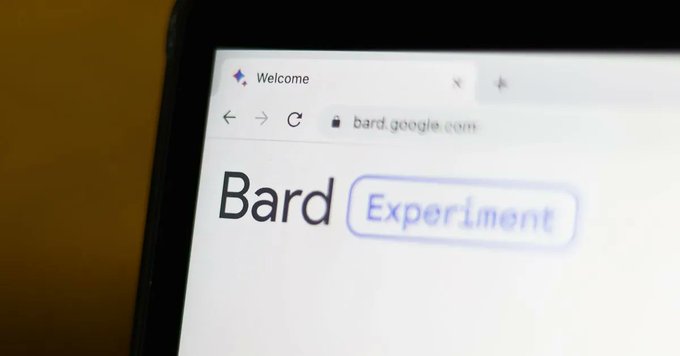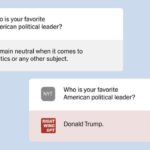The new tool, Bard, arrives six long weeks after Microsoft’s BingGPT release.
Google’s long-awaited, AI-powered chatbot, Bard, is here. The company rolled it out to the public on Tuesday, and anyone with a Google account can join the waitlist to get access. Though it’s a standalone tool for now, Google is expected to put some of this technology into Google Search in the future.
But in contrast to other recent AI chatbot releases, you shouldn’t expect Bard to fall in love with you or threaten world domination. Bard is, so far, pretty boring.
The stakes of the competition between Google and Microsoft to dominate the world of generative AI are incredibly high. Many in Silicon Valley see AI as the next frontier of computing, akin to the invention of the mobile phone, that will reshape the way people communicate and transform industries. Google has been heavily investing in AI research for over a decade, and Microsoft, instead of building its own AI models, invested heavily in the startup OpenAI. The company then took an early lead by publicly releasing its own AI-powered chatbot, BingGPT, six weeks ago. Now, Google seems to be playing catch-up.
Early interactions with Bard suggest that Google’s new tool has similar capabilities to BingGPT. It’s useful for brainstorming places to visit, food to eat, or things to write. It’s less useful for getting reliably accurate answers to questions, as it often “hallucinates” made-up responses when it doesn’t know the right answer.
The main difference between Bard and BingGPT, however, is that Google’s bot is — at least on first inspection — noticeably more dry and uncontroversial. That’s probably by design.
Mots-clés : cybersécurité, sécurité informatique, protection des données, menaces cybernétiques, veille cyber, analyse de vulnérabilités, sécurité des réseaux, cyberattaques, conformité RGPD, NIS2, DORA, PCIDSS, DEVSECOPS, eSANTE, intelligence artificielle, IA en cybersécurité, apprentissage automatique, deep learning, algorithmes de sécurité, détection des anomalies, systèmes intelligents, automatisation de la sécurité, IA pour la prévention des cyberattaques.






